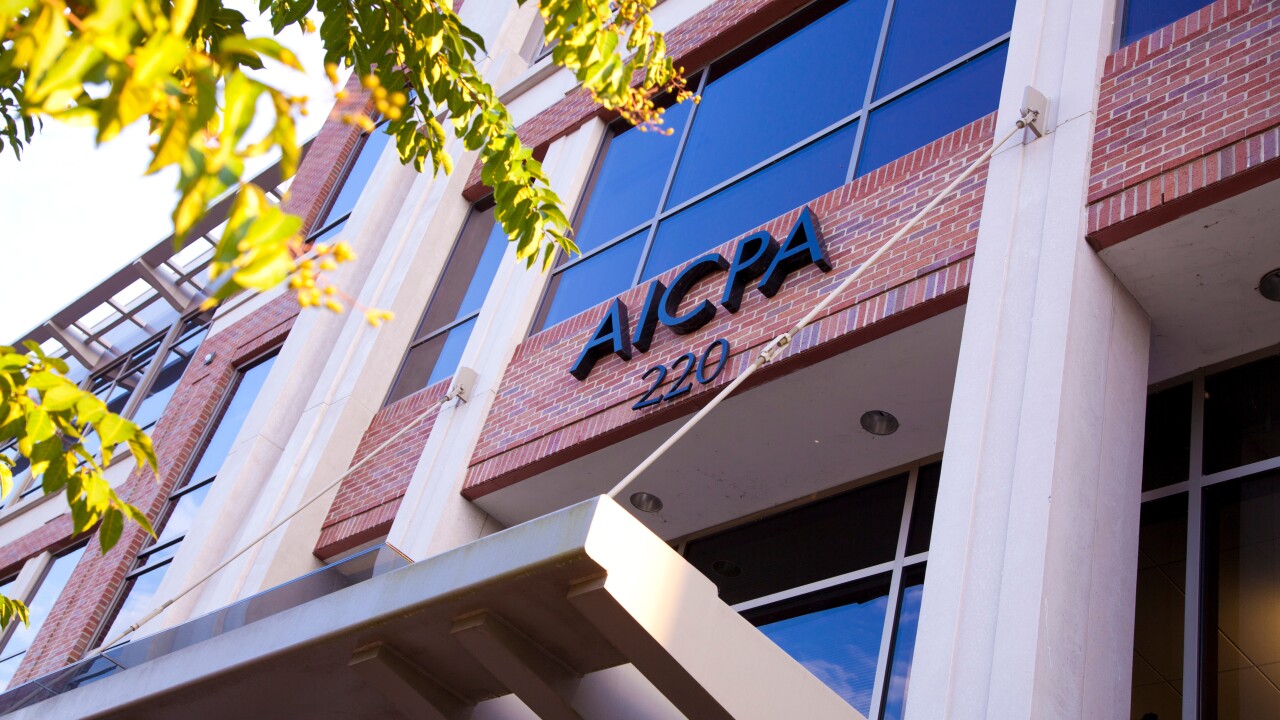Congress passed the One Big Beautiful Bill on July 4, 2025. While the headlines focused on tax cuts and political wins, what catches my attention is something else: a continued shift in how Americans are expected to save and how employers will be involved in that process. This shift is even more evident with the Trump administration's recent Executive Order, signed on Aug. 7, 2025, democratizing access to alternative assets for 401(k) investors.
These changes may have long-term consequences for how we think about retirement plans. If plan sponsors adopt them, employee benefit plan audit teams should be prepared.
A bill built for savings and for scrutiny
The OBBBA introduces new savings mechanisms like the Trump Account, expands limits for dependent care flexible spending accounts, and permanently enables telehealth coverage through health savings accounts. These provisions may not grab headlines, but they are worth watching, especially if you are in the business of auditing plans or advising on employee benefits.
The executive order encourages the Department of Labor and other federal agencies to explore ways for defined contribution plans to offer participants exposure to alternative assets, including private equity, real estate, and digital assets. Following this order, the DOL has rescinded previous guidance from the prior administration that cautioned plan fiduciaries against adding cryptocurrency to investment options.
Additional Trump Account details:
- The Trump Account is a newly established type of individual retirement account designed for children under 18. It is not part of a defined contribution plan.
- While employers and parents can contribute, the government will provide a $1,000 contribution for children born between 2025 and 2028.
- Annual contributions are capped at $5,000 (excluding exempt contributions) and indexed for inflation. Employers may also contribute up to $2,500 per year on a tax-free basis if they establish a formal program.
- Employer contributions trigger plan documentation requirements, nondiscrimination testing, and potentially audit relevance.
- Distributions are prohibited until the calendar year in which the child turns 18, and earnings are tax-free under qualified withdrawal rules similar to traditional IRAs.
- The account will become effective for taxable years beginning after Dec. 31, 2025, with contributions not accepted until July 4, 2026.
On top of that, the OBBBA includes updates to other employer-sponsored benefit programs like HSAs and FSAs:
- HSAs: Telehealth and remote care services are now permanently allowed before meeting the deductible, effective retroactively to plan years beginning after Dec. 31, 2024. Additional expansions are scheduled for 2026.
- FSAs: The dependent care FSA contribution limit increases to $7,500 ($3,750 for married couples filing separately), effective for tax years starting after Dec. 31, 2025. This new limit is not indexed for inflation.
These are just a few provisions of the OBBBA and the executive order, but the theme is consistent. The legislation is designed to enhance the American workforce's ability to invest, not only for their own retirement but also for their dependents.
Health care also plays a role in this law, reinforcing the need for these benefits. The government has moved to make preventative and corrective care more accessible. These updates reflect a broader recognition that financial security and health security go hand in hand.
These are not sweeping changes like those introduced in the SECURE 2.0 Act, but they follow the same pattern. They offer more options, which come with greater complexity and, as a result, more potential touchpoints for compliance failures. Once again, the burden of getting it right falls on fiduciaries and the professionals supporting these plans.
What matters for accounting firms
From an audit perspective, these provisions will only impact audit scope if employers choose to adopt them. If they do, the impact will depend on how the provisions are structured.
We saw this with the SECURE 2.0 Act, which introduced a wide range of mandatory and optional provisions, from delayed required minimum distributions and expanded catch-up contributions to emergency savings accounts and student loan matching. Each of these reflected a shift in how the government expects Americans to save, acknowledging that people are working longer, retiring later, and relying more on defined contribution plans. For employers, adopting these provisions often meant increased recordkeeping, compliance responsibilities, and potentially added audit scope.
The same dynamic is at play here. The Trump Account may start as a standalone savings vehicle, but if employers link it to broader benefit programs or enable payroll-based contributions, auditors will be expected to verify compliance. FSAs and HSAs are not new, but increasing their limits changes the dynamics of a plan, which means audit procedures will need to evolve. And with the new executive order, if plan sponsors allow for alternative investments within their offerings, auditors will most certainly need to expand procedures accordingly.
This is a moment for firm leaders, audit partners, and benefit plan advisors to look ahead rather than react later.





